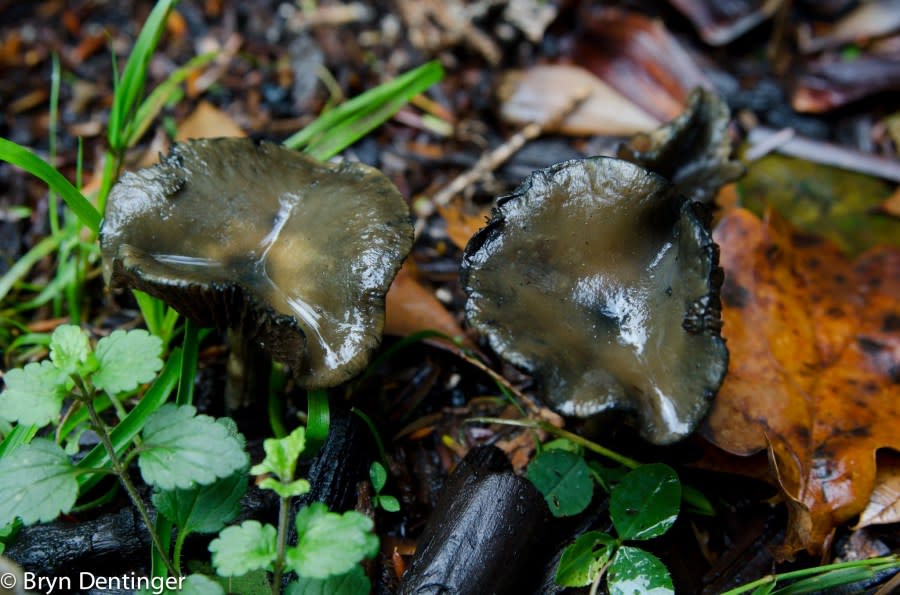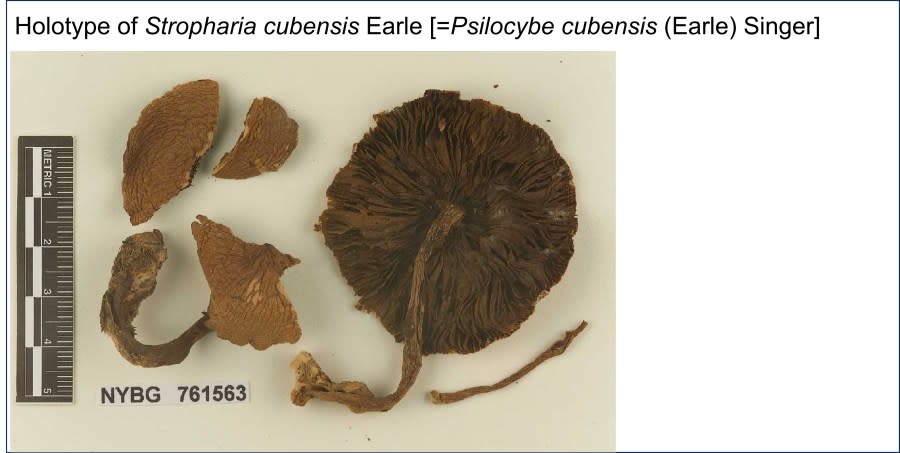Utah researchers conduct largest diversity study of ‘magic mushrooms’

SALT LAKE CITY (ABC4) — Utah researchers have conducted the largest genomic diversity study on “magic mushrooms” to date, publishing their findings on Tuesday.
Researchers from the University of Utah and the Natural History Museum of Utah, with support from out-of-state researchers, led a study to close the data gap for mushrooms with psychedelic properties.
Ogden daycare teacher admits to abuse of child
Psilocybe fungi, colloquially known as “magic mushrooms,” have served many purposes throughout the years, according to the university’s press release. The mushrooms, which have psychedelic properties, have held sacred significance to indigenous cultures for centuries. However, they are now captivating attention for their potential to help mental health conditions, such as PTSD and depression.
In order to use Psilocybe for psychotherapeutic purposes, the authors say we first need to understand more about the fungi’s evolutionary history and genetic composition. The data of which, prior to this study, was largely incomplete.

The study found that Psilocybe has roots as far back as 65 million years ago, much earlier than previously determined. It arose around the time the asteroid hit the earth causing the mass extinction of dinosaurs.
The study also found two distinct gene orders that “correspond to an ancient split in the genus, suggesting two independent acquisitions of psilocybin in its evolutionary history,” the release says.
Researchers analyzed 52 specimens from museums worldwide, some of which are the only collected specimens of its kind.
“It’s impossible to overstate the importance of collections for doing studies like this,” said the lead researcher from Utah Alexander Bradshaw. “We are standing on the shoulders of giants, who spent thousands of people-power hours to create these collections, so that I can write an email and request access to rare specimens, many of which have only ever been collected once, and may never be collected again.”

In addition to creating a base for future research through the sequencing of type specimens and advancing the understanding of these fungi for therapeutic purposes, the authors also set out to uncover more about the fungi’s evolutionary history to discover what psilocybin does for mushrooms themselves.
While there are many theories of how psilocybin can help mushrooms in their survival, it is still unknown.
The authors intend to test a hypothesis that psilocybin evolved in mushrooms as a slug deterrent, a theory they call the Gastropod Hypothesis, in their next study. They also will continue to work on their goal to “get a genome sequence for every Psilocybe type specimen,” of which they have produced genomes of 71 type specimens so far, the release says.
“This work represents a big step in the understanding of the evolutionary relationships in Psilocybe,” Virginia Ramírez-Cruz, co-lead author of the study from the Universidad de Guadalajara, said.
For the latest news, weather, sports, and streaming video, head to ABC4 Utah.

